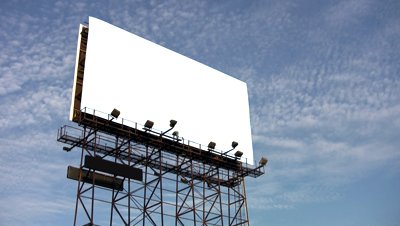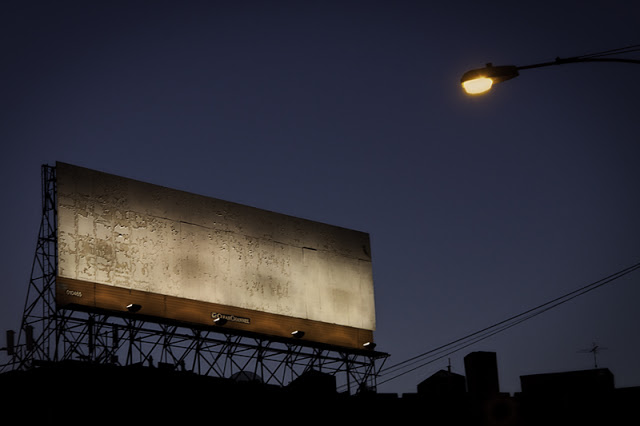Costa Rica News – Eliminating luminous publicity billboards found on roadsides is one of the targets that the Department for Road Traffic Inspection and Demolition within the Ministry for Public and Transport Work (MOPT) is focusing on.
 This office believes that the boards violate the legislation about publicity in public streets, and even that they can be danger to drivers because, according to experts at the University of Costa Rica (UCR), their intense light can distract or faze those behind the wheel.
This office believes that the boards violate the legislation about publicity in public streets, and even that they can be danger to drivers because, according to experts at the University of Costa Rica (UCR), their intense light can distract or faze those behind the wheel.
This division of MOPT launched the “hunt” for these screens last June, when they ordered for the disconnection of two in San José, and a third in Heredia.
However, this process has been shortened somewhat by a preventative measure set forth by the Tribunal Contencioso Administrativo (Court dealing with litigious administration), by means of a petition publically signed by the Interamerican Modes of Communication (IMC), which is the owner of these billboards.
Vinicio Barboza, head of the Department for Road Traffic Inspection and Demolition, recognises that up to now, control has been toughened, owing to the fact that previously they didn’t have to apply to the Regulation for Road Traffic and Public Rights.
The MOPT counts one hundred of these structures across the country and, according to Barboza, they are now going to start up a system of disabling every one of them.
“I started working in this office last year. Looking over the legislation, I can’t find anything about luminous screens or LED. That said, in article 52, it does state that the legislator is allowed to prohibit them, where necessary”, he said.
Section C of this article indicates that any public advertisement “which emits rays of light, or whose illumination directly affects drivers’ visibility” is illegal, “as follows in the technical criteria given by the General Management for Traffic Engineering.”
Barboza insists this is proof enough to justify the disconnection of these billboards.
“As far as legality goes, they don’t have permission to put these structures in place to begin with, and there’s even a clear restriction in the regulations”, added Barboza.
At the same time, the Transport Minister, Carlos Segnini, ordered traffic police across the country to charge fines to drivers of any vehicles carrying or displaying this type of signs, Barboza confirmed.
Traffic Records indicate that, thus far, no drivers yet have been fined for this action.
The other side. Jonathan Picado, lawyer for the business IMC, contradicts the criteria put forward by MOPT’s departmental director.
“They (the Ministry) gave us permission years ago, and now they come and say we’re doing it illegally. They are simply interpreting it as illegal because there’s a contradiction in the legal requirements”, he commented.
The expert attacked the argument that drivers could be affected by the light coming off the screens, assuring that there is a world-wide limit of 0.3 foot-candles, which should not be exceeded.
These foot-candles are the unit of measurement used in order to calculate the intensity of light that a body or device emits.
“None of our products exceeds this limit, but interestingly, screens owned by the Advice Bureau for Road Traffic Safety (COSEVI), do. They (MOPT) can’t make a distinction where one does not legally exist”, the lawyer pointed out.
Translated by Leah Hendre from La Nacion

